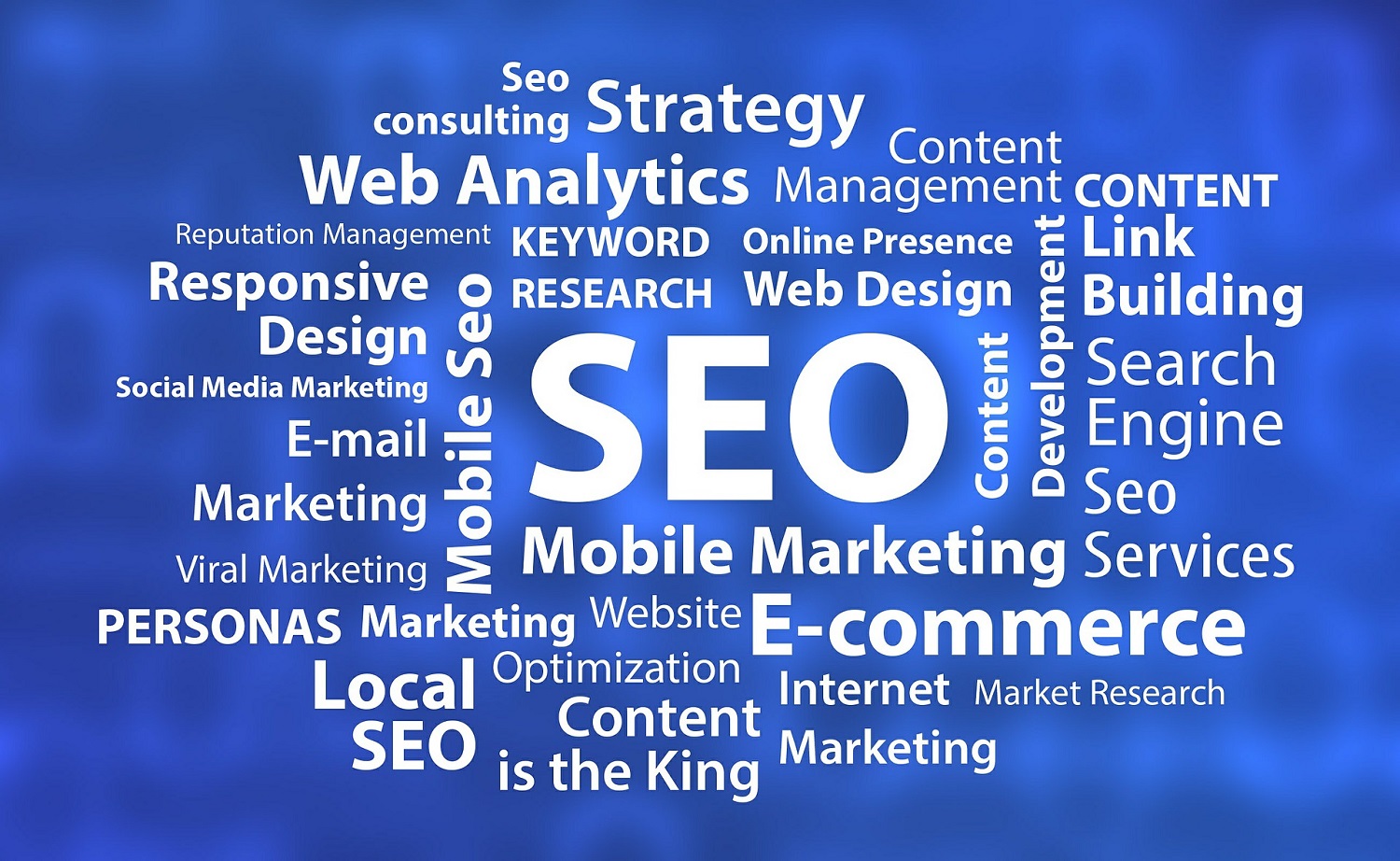In On-page SEO practices to boost your website’s ranking – part 1 we kicked off a conversation regarding on-page SEO practices and we picked 7 key practices, of which we covered four: Keywords, Title tags, Meta descriptions and URL’s.
Today we cover the remaining three on-page SEO practices: Quality content, Links and of increasing importance, User engagement or UX as it’s called.
It’s important to point out that the 7 practices do not require in-depth technical knowledge or expertise. What they do require is thought and attention and proper planning. Some of the SEO practices can be addressed immediately and results are quickly apparent, others will take time to manifest themselves into a positive boost to your website rankings.
Quality content
Quality trumps quantity any day especially in the eyes of Google, Bing, Yahoo and other search engines and social media platforms.
It’s easy to explain. Google for example, bases its very existence on it’s ability to deliver to its users the most relevant search results in the quickest time possible. Now, imagine for a minute that Google disregards the quality of the content and just delivers results based on those that publish the most. It wouldn’t be long before you’d get annoyed at the irrelevant and useless content.
There are three key quality content tasks:
1. Worth repeating, quality trumps quantity and the more quality content you have the better.
2. Writing great copy is now taken to include images and video. Words will suffice but if you have images and video please use them.
3. Avoid using duplicate content and if you must, make sure you place a ‘do not follow’ on that page. Some people still think they can inflate the quantity of content by using duplicate content but it’s so counterproductive. So much so, that the website will be penalised and actually fall in site and page rankings.
Links
Links are the most powerful indicator of a website or page’s importance and relevance. Not surprisingly, the web search engines rate this aspect of SEO as the most important and its the holy grail for any business.
It’s easy to see why; imagine you’ve a website and hundreds of other people view you as an expert in your field, so much so, that they link to your blog and other pages on your website. All adds up to underline how much of an expert you are. On the flip side exists a competitor, interestingly enough, has as good a product / service but fact is, never cultivated or facilitated a SEO link strategy.
What company do you think will be served as the number one choice for the search engines results? By the way, in case you think the competitor will come number 2 in the results, they won’t. They won’t even make the first page.
There are three key link tasks:
1. Use your keywords intelligently to build internal links to other pages on your website. By writing good content with internal links you will encourage visitors to stay longer on your website increasing the chances of conversion.
2. Use external links that enhance the information that you have provided. This is a tricky one and it’s probably the most challenging. There are several excellent websites that have great content on SEO and we recommend Moz.com.
3. Related directly to the point above. Don’t link to any old website for the sake of it. Link to websites that stand out among their peers and are recognised as real quality sites.
User Engagement
Of the seven topics covered in the two blog posts, user engagement or UX is definitely the most technical and the one where you’ll need the ear of a competent web designer.
Again, the role of the search engines is of paramount importance. They now recognise the user experience as a key component in grading a website.
For example, if your website is not responsive (it won’t render properly on a mobile device) do you think Google will return your website in the mobile search results. As more and more web searches are done on mobile the poor user experience would be a major blow to your business.
There are three key UX tasks:
1. Tell the search engines that your website is optimised for users by ensuring you have fast loading pages that use image compression. Check out Google PageSpeed Insights, it shows results for mobile and desktop along with a list of items to fix and how to fix them.
2. Avoid complexity. Create a website that is clear and easy to navigate.
3. It’s called user engagement for a reason – it’s all about the user. While modern web design says start with the mobile first, the conversation should be start with the user first and build out from that. All the good stuff, SEO and high page ranking will follow on from that.
As I mentioned yesterday, take the time to follow the seven steps and you’ll place your website on a sound footing. Its a marathon not a sprint in every aspect – in terms of the training required and the run itself. Be patient, follow you programme of activity and you’ll most certainly boost your website’s rankings.




